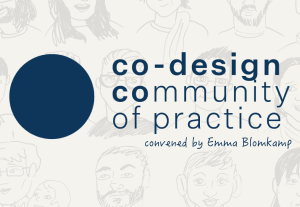- Customer Experience, Design, Remote Research, Research Methods and Techniques, Usability, UX Education, UX Magazine
Despite the evangelizing efforts of industry thought leaders, the qualitative research methodologies of academia is not the ethnography that is practiced in the private sector. So how do we apply ethnographic research in the private sector as an approach and not method? — Great question. Read to find out.
Article by Ender Ricart
Deep Analysis in UX Research: Ethnography as an Approach Not Method
- The author considers ethnography in the private sector to be a goal-oriented approach that can be applied to many different kinds of qualitative research.
- Ethnographic research is about understanding the nexus of knowledge, belief/perception, culture, and power; specifically what facets of these elements come to bare on one’s interaction with said product or service to form their lived experience.
- The ethnographic approach of deep analysis lets you assess hypotheticals through contextualizing conditions of possible use within relevant underlying value systems, knowledge, perception that truly frame and form a user’s behavior.
- The authors demonstrates application of ethnographic approach and deep analysis in the example: New Game Console Controller Form Factor.
- The author’s analysis uncovered the following:
- Inherited mental models introduced friction.
- There are already a host of innovative designer controllers available to use even for the game console in question.
- Game studios have ownership of game control settings.
- Among the user populations evaluated, one segment in particular had an above average engagement with exclusively “new” video games.
Share:Deep Analysis in UX Research: Ethnography as an Approach Not Method
Share this link
- June 2, 2022
5 min read







